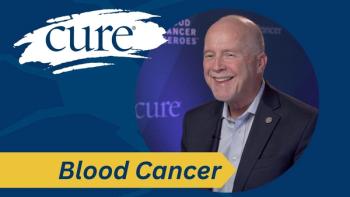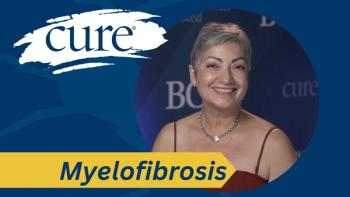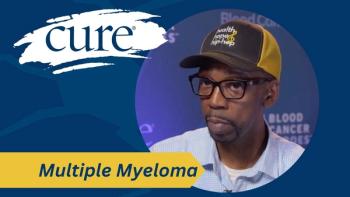
Survivors and Mammograms
The mammogram can be an emotional roller coaster for any person. After you have been diagnosed with breast cancer, even good results can tap into deep emotions.
Yay! I just received a form letter regarding the annual mammogram of my remaining breast. "There are no signs on the studies to indicate cancer," the letter affirms. I guess this is good news. Being a survivor makes me feel both relief and ambivalence.
The year I was diagnosed with stage 2B, HER2-positive, HR-negative cancer, the initial mammogram and subsequent biopsy revealed only an in situ tumor (Stage 0). It took a mastectomy to reveal another invasive tumor lurking close to the chest wall, which makes me thankful I had no interest in breast-conserving surgery.
While a mammogram is a great tool, it is imperfect. Even my form letter says to be wary. "We want to remind you," it states, "that mammography and/or ultrasonography does not find all breast cancers." To remedy that fact, and make it more likely that we do find breast cancers not indicated by a mammogram, the letter cautions me to do self-breast examinations monthly and to get an annual exam by a doctor.
Mammograms and breast exams are not enough either, not for everyone, but close enough. According to the Susan B. Komen Foundation, reporting on a 2009 study by the Breast Cancer Surveillance Consortium, "Overall, the sensitivity of mammography is about 87 percent. This means mammography correctly identifies about 87 percent of women who truly have breast cancer."
That is a good statistic. I will always be an advocate for mammograms, despite the unsolicited observation from a medical professional in an urgent care setting once who suggested that regular mammograms might have contributed to my cancer. Medical professionals generally recommend mammograms, though, thank goodness.
"Sensitivity is higher in women over 50 than in younger women,” the Susan B. Komen Foundation reports. "It's also higher in women with fatty breasts than in women with dense breasts." I am over 50, but I have dense breast tissue, which is one reason I was getting an MRI after the mastectomy.
Those with high-risk profiles should get an annual mammogram and MRI, according to the American Cancer Society. This is the first year I was told not to get the MRI. I want to trust the wisdom of my medical team on this one. Getting one every other year may be OK, too. Or maybe I should go for every five years? My mother's remaining breast after her mastectomy did not develop cancer in until about 15 years had passed.
Truth be told, I worry more about breast cancer metastases than I do about breast cancer at the present time. Living my life while surviving cancer, and all the worries that survival comes with, is a challenge I am happy to be able to aspire to meet.
So, if I sound ambivalent — simultaneously relieved and cynical – I am. All of the above. I am just being honest about how fraught the mammogram is for women like me because there are many women like me. We are the women who have received the bad news about a mammogram at least once. Going in for one more, year by year, brings up past trauma and worries about future worries, although going for our mammograms means we are still alive.
After your annual mammogram, especially if you are a survivor, allow yourself a "Yay!" when you get good news, caveats and all. Bottom line, these reports can remind us to celebrate life. However, if news is not great, that is also OK because you can move to the next step, which is to continue surviving one day at a time. That is what we all do.




